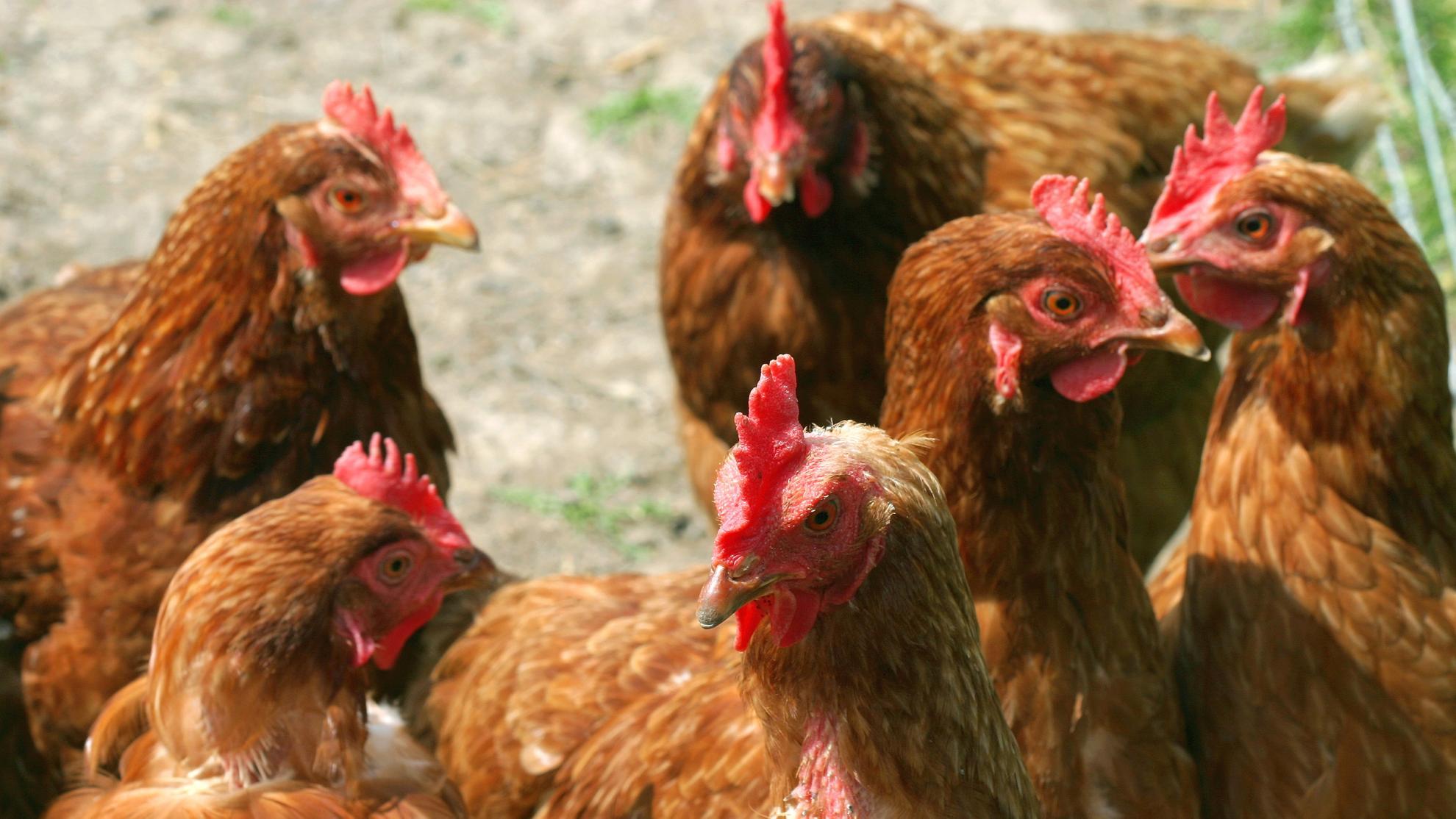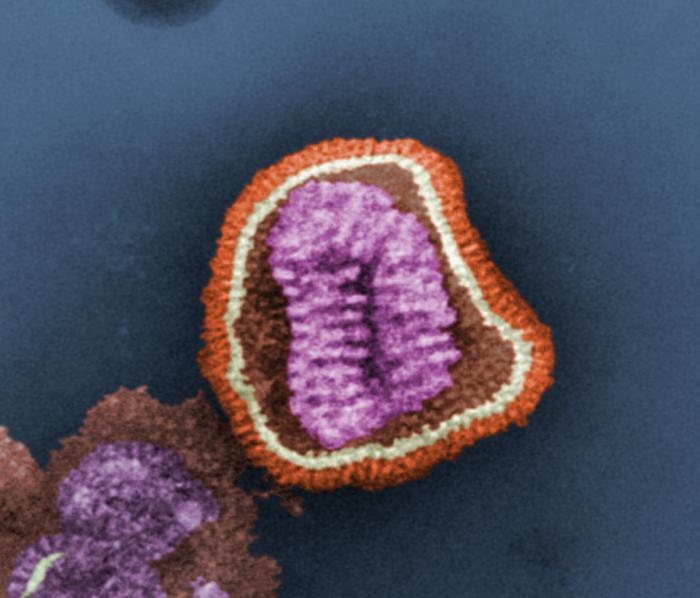Immune escape adaptive mutations in the H7N9 avian influenza hemagglutinin protein increase virus replication fitness and decrease pandemic potential
H7N9 avian influenza viruses (AIVs) continue to evolve and remain a huge threat to human health and the poultry industry. Previously, serially passaging the H7N9 A/Anhui/1/2013 virus in the presence of homologous ferret antiserum resulted in immune escape viruses containing amino acid substitutions alanine to threonine at residues 125 (A125T), 151 (A151T) and leucine to glutamine at residue 217 (L217Q) in the hemagglutinin (HA) protein. These HA mutations have also been found in the field isolates in 2019. To investigate the potential threat of the serum escape mutant viruses to humans and poultry, the impact of these HA substitutions, either individually or in combination, on receptor binding, pH of fusion, thermal stability and virus replication were investigated. Our results showed the serum escape mutant formed large plaques in Madin-Darby canine kidney (MDCK) cells and grew robustly in vitro and in ovo. They had a lower pH of fusion and increased thermal stability. Of note, the serum escape mutant completely lost the ability to bind to human-like receptor analogues. Further analysis revealed that N-linked glycosylation, as a result of A125T or A151T substitutions in HA, resulted in reduced receptor binding avidity toward both human and avian-like receptor analogues, and the A125T+A151T mutations completely abolished human-like receptor binding. The L217Q mutation enhanced the H7N9 acid and thermal stability while the A151T mutation dramatically decreased H7N9 HA thermal stability. To conclude, H7N9 AIVs that contain A125T+A151T+L217Q mutations in HA protein might pose a reduced pandemic risk but remain a heightened threat for poultry.

